Russia dismisses U.S. concerns about missile test, danger to ISS crew
Tuesday, 16 November 2021 20:28 The Russian government responded on Tuesday to U.S. accusations that a missile test in space that blew apart an old satellite has endangered the lives of several astronauts on the International Space Station.
Russia confirmed that it performed a missile test to destroy a satellite that's been in orbit for almost 40 years, but rejected accusations that the resulting debris poses a threat
The Russian government responded on Tuesday to U.S. accusations that a missile test in space that blew apart an old satellite has endangered the lives of several astronauts on the International Space Station.
Russia confirmed that it performed a missile test to destroy a satellite that's been in orbit for almost 40 years, but rejected accusations that the resulting debris poses a threat Germany calls for space security rules; Russia dismisses any danger to ISS crew
Tuesday, 16 November 2021 20:28 Germany's government said Tuesday it was "very concerned" by Russia's destruction of one of its own satellites during a missile test, calling for urgent measures to "strengthen security and confidence".
"We call on all states to engage constructively in this process and in the development of principles for responsible behaviour in space," the Germany foreign ministry said in a statement.
Germany's government said Tuesday it was "very concerned" by Russia's destruction of one of its own satellites during a missile test, calling for urgent measures to "strengthen security and confidence".
"We call on all states to engage constructively in this process and in the development of principles for responsible behaviour in space," the Germany foreign ministry said in a statement. European space industry alarmed by Russian ASAT test
Tuesday, 16 November 2021 19:15
European space industry figures have expressed alarm at Russia’s destructive antisatellite test which has created thousands of pieces of orbital debris.
Russia satellite destruction put ISS at greater risk: ESA official
Tuesday, 16 November 2021 19:14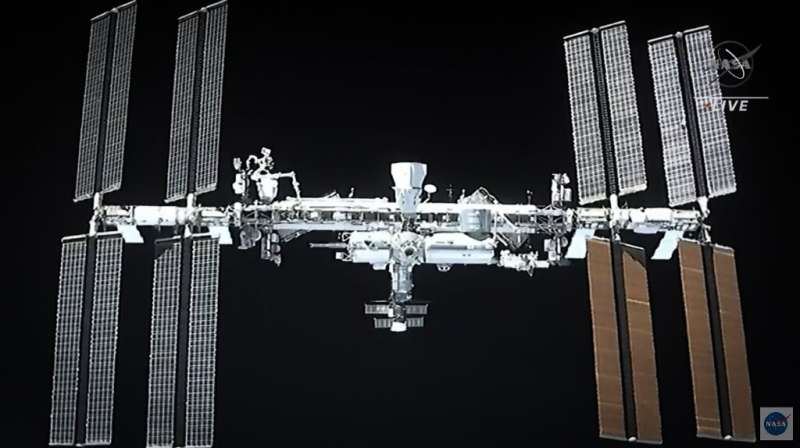
Russia's destruction of one of its own satellites generated a cloud of debris near the International Space Station (ISS) and its seven-strong crew.
For Didier Schmitt, a senior figure at the European Space Agency (ESA), Moscow's action increased the risk of a collision in space.
Question: Was this a close call for the seven astronauts—four US, two Russians and a German - aboard the ISS?
Answer: "It's difficult to say with hindsight. But what we know is that from now on, according to our sources, the risk of collision could be five times greater in the weeks, even the months ahead.
"The new debris is moving in the same orbit as the Station, which is to around 400 kilometres in altitude, at more than 8 kilometres a second. That's seven to eight times faster than a rifle bullet! So to avoid them you have to predict a long time in advance: you can raise or lower the ISS a little.
NASA Invites Media to Webb Telescope Science Briefings
Tuesday, 16 November 2021 18:26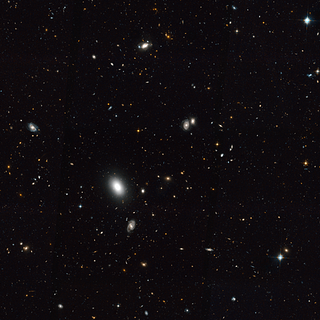 NASA will hold two virtual media briefings Thursday, Nov. 18, on the science goals and capabilities of the James Webb Space Telescope.
NASA will hold two virtual media briefings Thursday, Nov. 18, on the science goals and capabilities of the James Webb Space Telescope. Hydrosat raises $10 million for thermal infrared imagery constellation
Tuesday, 16 November 2021 17:53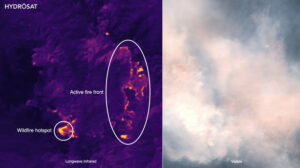
Hydrosat, a geospatial data and analytics startup, raised $10 million in seed funding for a satellite constellation to produce thermal infrared maps.
The longest lunar eclipse in centuries will happen this week, NASA says
Tuesday, 16 November 2021 16:57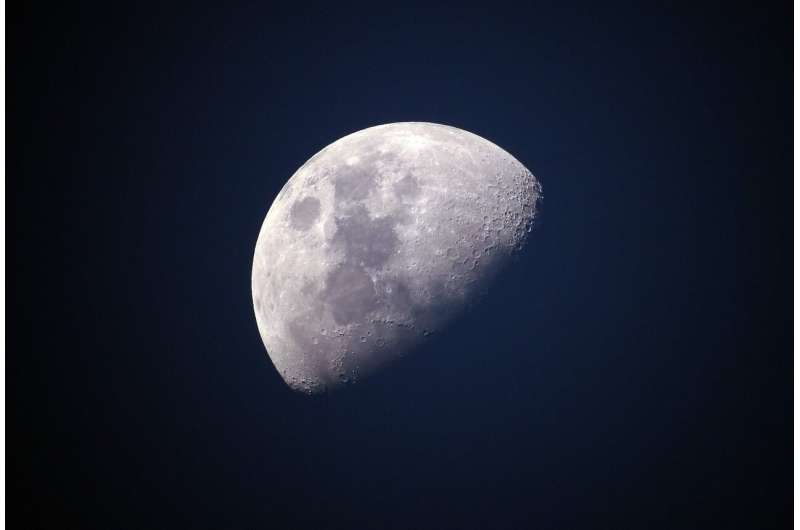
You can see the longest partial lunar eclipse in hundreds of years this week.
The "nearly total" lunar eclipse is expected overnight Thursday, Nov. 18, to Friday, Nov. 19, NASA said.
"The Moon will be so close to opposite the Sun on Nov 19 that it will pass through the southern part of the shadow of the Earth for a nearly total lunar eclipse," NASA said on its website.
The eclipse will last 3 hours, 28 minutes and 23 seconds, making it the longest in centuries, Space.com reported.
Only a small sliver of the moon will be visible during the eclipse. About 97% of the moon will disappear into Earth's shadow as the sun and moon pass opposite sides of the planet, EarthSky reported.
The moon should appear to be a reddish-brown color as it slips into the shadow, NASA reported.
The eclipse will be visible in many parts of the world, including North America, eastern Australia, New Zealand and Japan, according to EarthSky.
"For U.S. East Coast observers, the partial eclipse begins a little after 2 a.m.
NASA TV to Air DART Prelaunch Activities, Launch
Tuesday, 16 November 2021 16:03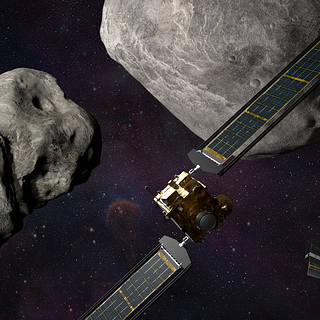 NASA will provide coverage of the upcoming prelaunch and launch activities for the agency’s first planetary defense test mission, the Double Asteroid Redirection Test (DART).
NASA will provide coverage of the upcoming prelaunch and launch activities for the agency’s first planetary defense test mission, the Double Asteroid Redirection Test (DART). Exolaunch signs multi-launch rideshare deal with SpaceX
Tuesday, 16 November 2021 14:42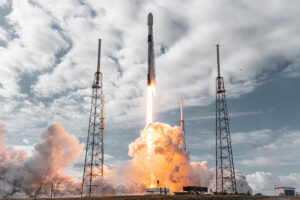
German launch services provider Exolaunch has signed a multi-launch agreement for more capacity on SpaceX Transporter rideshare missions over the next two years.
Op-ed | SOS Space: Why cybersecurity and supply chain risk management must go hand in hand
Tuesday, 16 November 2021 14:40
Cybersecurity and supply chain integrity must become integral and elevated concerns for the space community, as well as space consumers and strategic stakeholders.
How NASA's Curiosity rover is making Mars safer for astronauts
Tuesday, 16 November 2021 14:18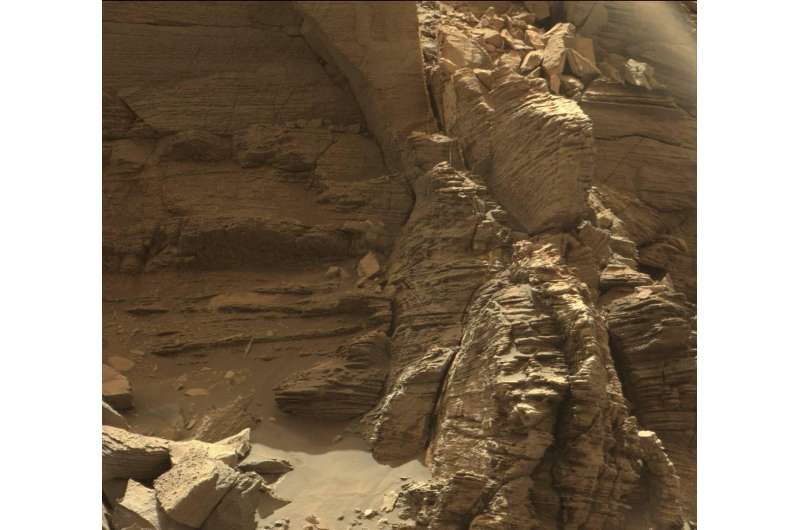
Could lava tubes, caves, or subsurface habitats offer safe refuge for future astronauts on Mars? Scientists with NASA's Curiosity Mars rover team are helping explore questions like that with the Radiation Assessment Detector, or RAD.
Unlike Earth, Mars doesn't have a magnetic field to shield it from the high-energy particles whizzing around in space. That radiation can wreak havoc on human health, and it can seriously compromise the life support systems that Mars astronauts will depend on, as well.
Based on data from Curiosity's RAD, researchers are finding that using natural materials such as the rock and sediment on Mars could offer some protection from this ever-present space radiation.
On National Security | What Space Force looks to learn from venture investors
Tuesday, 16 November 2021 14:00
The Space Force is one among many customers of commercial space companies, and is trying to figure out how to engage with nontraditional players such as venture-funded startups.
Stress-testing a space-based blockchain
Tuesday, 16 November 2021 14:00
SpaceNews interviewed Hasshi Sudler, Villanova adjunct professor and CEO of the Internet Think Tank, to learn more about future blockchain constellations.
Startups developing space traffic monitoring system to help manage growing debris problem
Tuesday, 16 November 2021 13:45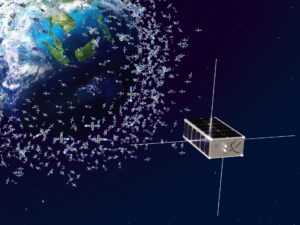
Startup SCOUT Space announced Nov. 16 it has won a U.S. Air Force contract to integrate data from satellites and ground sensors that monitor objects in orbit.
Startup raises $10 million to develop ‘return vehicle’ for space cargo
Tuesday, 16 November 2021 13:30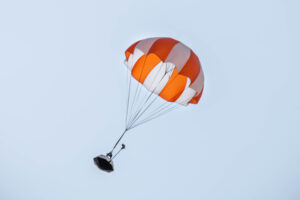
Inversion, a space startup based in Los Angeles, announced Nov. 16 it has raised $10 million in seed funding to develop a reentry capsule to bring cargo from space back to Earth.

